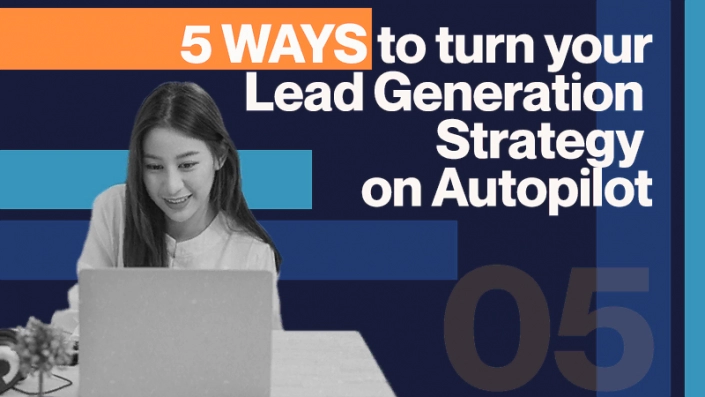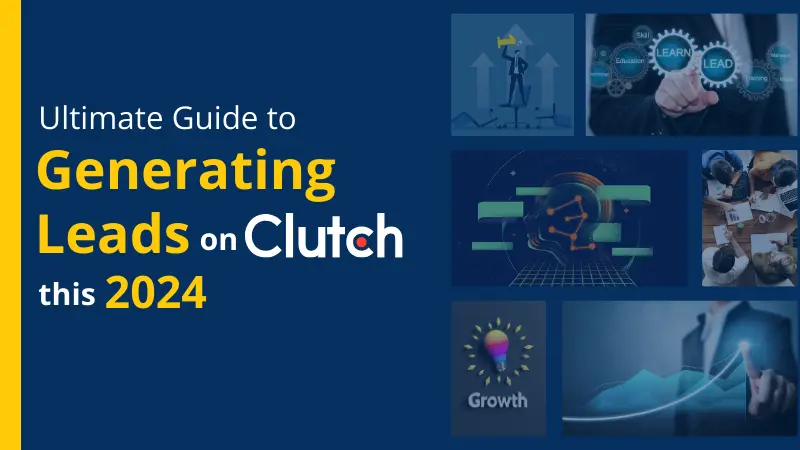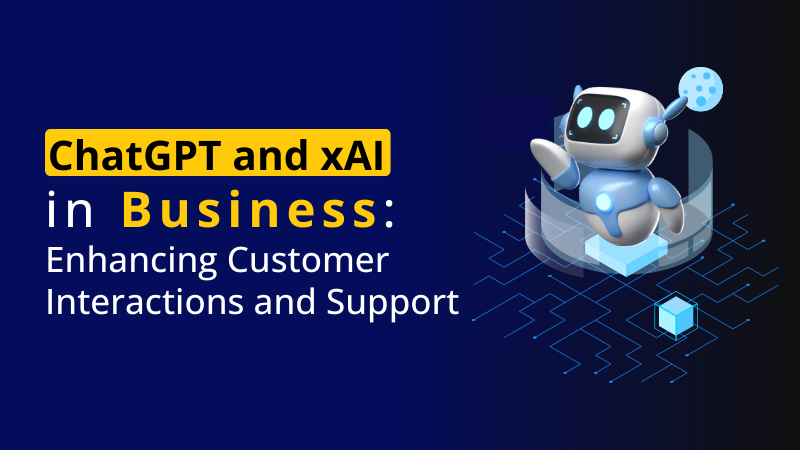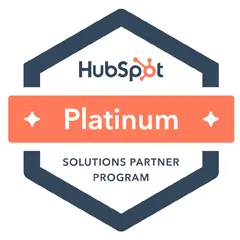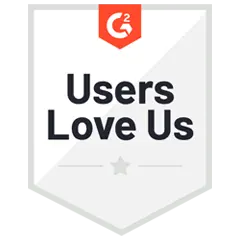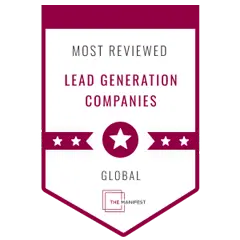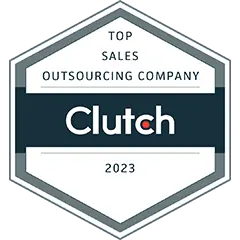Developing an effective and efficient lead acquisition strategy is one of the most critical factors in B2B companies’ growth and generating revenue. Thus, businesses increasingly rely on automation to generate leads and reallocate employee time.
Doing so enables businesses to save time and resources by hunting down low-quality leads and convincing prospects you’re the right solution to their problems. That said, sales and marketing teams can focus their attention on prospects further in the sales funnel. Thereby, they’ll spend less time on leads with no hope of converting and more time building and nurturing relationships with those more likely to convert.
So what lead generation challenges do B2B companies face?

2 Lead Generation Obstacles Businesses Face and Must Overcome
Curating high-value B2B leads can be tricky. You must consider market demands, target audience, if there are gaps or flaws in your sales funnel, content marketing strategy, and if you’ve implemented a solid lead nurturing campaign.
Yet, every B2B business faces one of these two challenges, and they must rise to overcome them.
Not Enough (quality) Leads
Inv. tech found that 63% of sales and marketing teams reported significant challenges generating traffic and leads. Furthermore, of the leads they do acquire, 84% are low quality. So, it’s not just about acquiring leads, but acquiring quality leads with a good chance of converting. That’s why purchasing a list of leads from a 3rd party vendor is terrible business practice. It may give your numbers a boost, but the chance they’ll convert is marginal at best.
Too Many Leads

How is this a problem, you ask? Well, your sales and marketing team will spend a great deal of time and resources sifting through a sea of low-quality leads with little hope of converting. So you end up not closing deals or generating revenue because you’re wasting time with leads unlikely to convert.
Related: How To Advance Stalled Deals and Win Back The Ones You’re About To Lose
Turning Your Lead Generation Strategy on Autopilot
What follows are five practical ways to turn your lead generation strategy on autopilot, igniting your sales. Some will take little time to implement, whereas others set the foundation for your marketing strategy, starting with keyword research.
1. Invest Time and Resources in Keyword Research
It starts with keyword research. For prospective buyers to come to you, they have to find you, which means you need to be found on Google.
Google constantly updates its algorithm to prevent users from gaming the system. Keyword stuffing is an obvious example. Thankfully, Google’s Panda update helped rid the world of awkward and unreadable content (at least on Page 1). After that, Google began to penalize this type of behavior while incentivizing those who do it the right way.
So, it’s best to let your content speak for itself and use proper keyword research to get your content found on Page 1.
Best keyword research practices to generate traffic and leads
First and foremost, your content marketing strategy needs to be on point. While meta-descriptions, alt-texts, long-tailed keywords, and everything else SEO matters greatly, if your content sucks, the rest doesn’t matter
Your content marketing strategy needs to focus on your target audience’s pain points and challenges. If you can communicate why your product or service is their best option, they’ll likely give you a chance to win their business.
It also demonstrates strong user intent. User intent is essential for SEO because Google has expressed that every subsequent update to its algorithm will prioritize user intent. That’s because Google only wants to present its users with relevant and helpful information.
Incorporate a Topic Cluster Model to Keyword Research
Another important (and lesser-known) method Google uses to determine user intent is the topic cluster model for keyword research.
Topic clusters are related content that covers a relevant topic. While they generally apply to websites, they can extend to keyword research. For example, let’s say your keyword is: “Best copywriters in Chicago.” Topic clusters include any words or phrases related to this keyword. Examples include content creators in Chicago, freelancers in Chicago, B2B SaaS copywriters in Chicago. The list goes on.
This enables Google to know precisely what the content is about and what users will gain from it.
2. Have a Well-Defined Lead Nurturing Strategy
A lead nurturing tool that automates and streamlines tasks is necessary to turn your lead generation machine on autopilot.
Fortunately, there’s so much competition that finding one to handle your lead generation needs shouldn’t be difficult. It’s a matter of finding the right one.
Callbox’s Pipeline is a powerful lead nurturing tool that allows you to perform six lead nurturing actions: call, email, postal mail, SMS, online, and social. Here are a few things Callbox’s Pipeline can do for you:
- Build an email list from its database of over 50 million decision-makers
- Automatically contact leads using its automated lead generation tool
- Schedule emails and follow-up emails to let prospects know you’re thinking of them
- Use lead scoring, event scheduling, advanced reports, and real-time notifications to automate the process
- Callbox’s lead nurture workflow keeps prospects engaged, particularly those not yet ready to buy.
Can you imagine doing all this without automation? From building the list to nurturing the relationship, you have the tools to grow and nurture leads no matter where they’re at in the buying process.
Related: Best Lead Nurturing Outcomes: Insights from Parenthood
3. Invest in Chatbot
A Chatbot is a computer program capable of carrying a back-and-forth conversation with web visitors or other prospective clients. Chatbots put your lead generation strategy on autopilot because it works around the clock to determine the viability of a lead.
Two popular Chatbots which can aid your lead generation efforts are Facebook Messenger API and a Web Visitor Chatbot.
Facebook Messenger API Chatbot
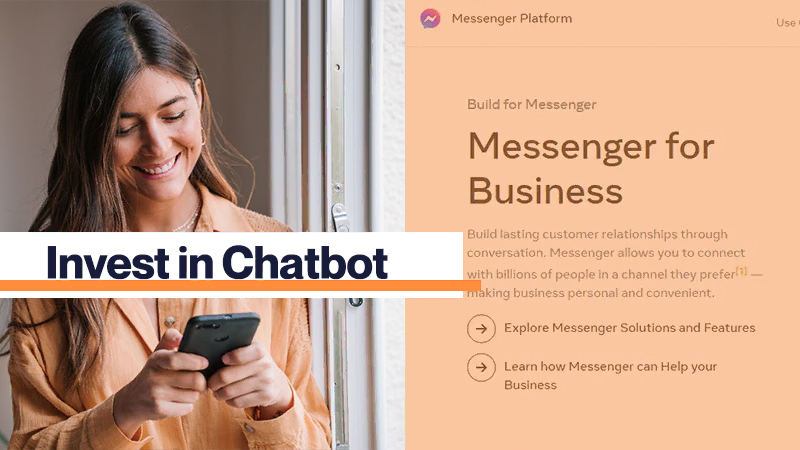
When prospects search your Facebook page, a Chatbot answers common customer objections or complaints, erases doubts about a product, personalizes attention to prospects in real-time, and captures customer loyalty by immediately answering their questions. It helps categorize inquiries to transfer prospects to the appropriate sales representatives.
Web Visitor Chatbot
Unlike the Facebook Messenger API Chatbots, Web Visitor Chatbots focus on determining if a lead is a qualified lead. Since the Chatbot pops up when a prospect searches a company or product page, they’re already considered a qualified lead with the Facebook Messenger Chatbot. Therefore, the role of the Web Visitor Chatbot is to ask a series of automated questions to determine if they’re a qualified lead. Then, depending on how they answer, they’re transferred to a live sales representative.
Related: B2B Chatbots and How This Tech Can Improve Your Conversions
4. Post Your Product on Online Directories
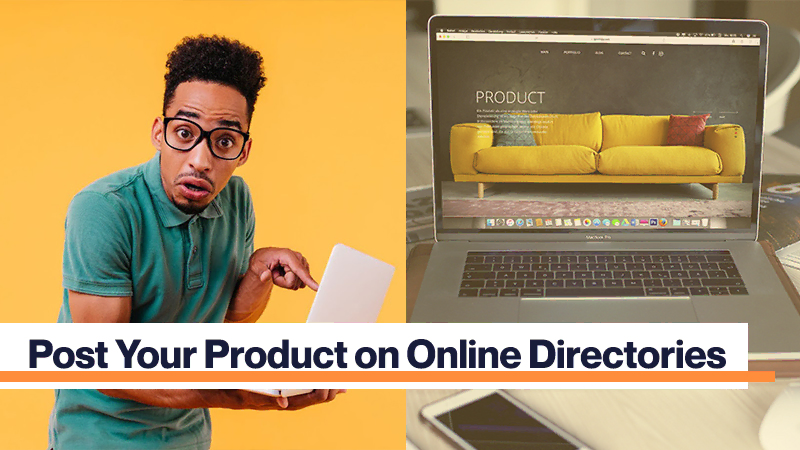
Posting your product to online directories is a lesser-known but effective method to turning your lead generation strategy on autopilot. Online directories often have a large customer base that scours online directories searching for new and helpful products. Some online directories include:
- Saas Genius
- GetApp
- G2Crowd
- Capterra
- Software Advice
- Product Hunt
- Merchant Maverick
This helps ensure prospects find you with little effort on your part. If used correctly, this method can be one of the fastest-working to convert a qualified lead into a sale. That’s because these online directories do much of the heavy lifting for you. As part of the package, they’ll provide an in-depth description of your product, thereby marketing it to its customer base.
5. Referrals and social proof
Referrals and social proof are excellent sources to ignite your lead generation strategy. Your customers expect you to be biased and not objective. Which is 100% accurate, so they’ll be wary of every word and sales pitch you throw at them.
For that reason, they’re far more likely to believe friends and family, colleagues, industry experts, and other sales professionals. Unlike you, they don’t have a horse in the race and are therefore seen as objective.
Case in point, 92% of consumers trust referrals when deciding whether to purchase a product. So take advantage of social proof by gathering referrals and testimonials to post to your website and across social media.
Final Thoughts
Any action that can be automated should be automated. Particularly for larger companies and those where there is a tangible benefit in doing so. Your time will be better spent nurturing leads more likely to convert. So it’s important to note that you’re not turning the process itself on autopilot. But simply, the early stages of your lead generation efforts. That way, you can hone in on the leads your company identified as qualified leads, then work your magic in converting them into customers.

